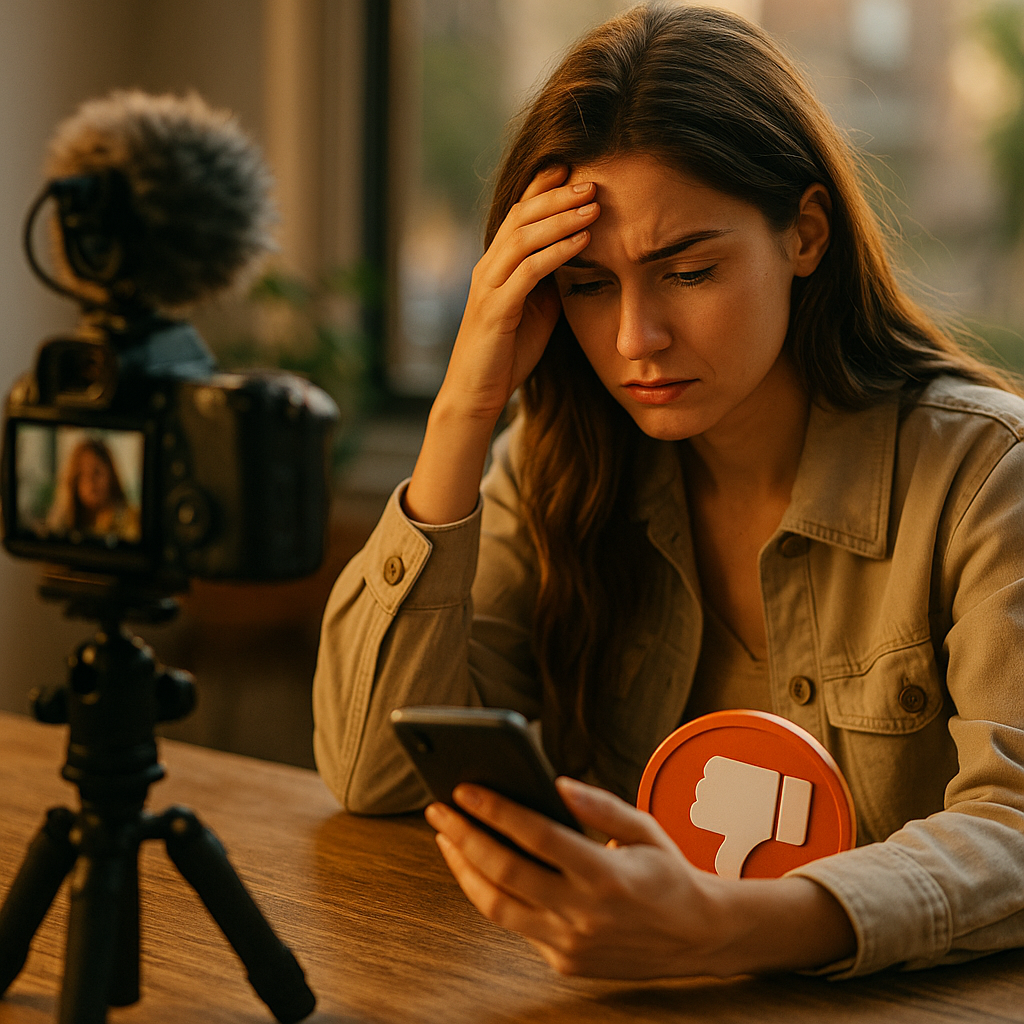In 2025, navigating a public communications crisis requires agility and innovation. This case study on how a brand used influencers to manage a public communications crisis reveals the strategic steps taken to restore reputation and trust. Learn how leveraging digital voices turned a critical situation into an opportunity for authentic connection and brand recovery.
The Crisis Unfolds: Brand Reputation at Stake
Every brand faces moments that can threaten its standing. In early 2025, a leading eco-friendly apparel company encountered a sudden controversy when an investigative report accused it of irregularities within its supplier chain. Consumers on social media demanded transparency and immediate action, putting the brand’s hard-won trust at risk. Recognizing the gravity, the brand’s leadership knew swift, credible communication was non-negotiable.
Influencer Collaboration: Choosing the Right Crisis Communication Partners
To address the firestorm, the brand collaborated with a select group of respected influencers, each known for their advocacy in sustainability and ethical fashion. These partners were chosen not for follower count, but for their credibility and history of honest dialogue:
- Alignment with brand values: Influencers who had previously critiqued brands transparently lent authenticity to the effort.
- Audience trust: Selection focused on influencers whose audiences engaged thoughtfully, likely to listen rather than react impulsively.
- Expertise in sensitive topics: Those comfortable discussing industry challenges delivered nuanced, fact-based communication.
The vetting ensured messages would originate from voices audiences already trusted in the sustainability conversation.
Executing the Influencer Activations: Public Relations in Action
Influencer campaign planning began immediately. The brand provided complete, behind-the-scenes access—including live interviews with executives, site visits to partner factories, and direct lines to compliance officers. Influencers, under no obligation to sugarcoat findings, documented and shared:
- Firsthand investigations: Instagram Reels and TikTok posts showed the influencers speaking with factory staff, sharing balanced on-site impressions.
- Q&A Sessions: Influencers solicited community questions and addressed tough concerns via live streams, humanizing the crisis response.
- Fact sheets and corrective actions: Information on the brand’s immediate corrective actions was posted to influencers’ blogs and newsletters, ensuring clarity.
The transparent, multi-platform strategy preempted misinformation and allowed the narrative to shift from secrecy to problem-solving.
Results and Analytics: Measuring Influencer Impact on Public Sentiment
Within ten days, social listening tools reported a 60% reduction in negative brand mentions—an unusually rapid turnaround, according to industry data for 2025. Influencer content received triple the average engagement rate, with comment sections filled with support and constructive feedback. Media tracking showed:
- Sentiment analysis: Positive and neutral mentions increased by 45% as influencer messaging took hold.
- Transparency perception: Consumer surveys fielded post-campaign reflected a 32% boost in public trust scores.
- Long-term brand health: Share of voice among target demographics rebounded above pre-crisis levels within six weeks.
Most importantly, the brand’s candid approach—amplified by trusted digital voices—dissipated rumors and set a new standard for accountability, as noted in major industry publications.
EEAT in Practice: Building Trust and Authority via Influencer Partnerships
Google’s EEAT (Experience, Expertise, Authoritativeness, Trustworthiness) guidelines underline the importance of subject-matter experts and trustworthy content. In this crisis management effort:
- Experience: Influencers’ prior work in ethical fashion gave depth to their reporting.
- Expertise: Transparent access meant influencers could fact-check claims, enhancing informational quality.
- Authoritativeness: Backlinks from influencer blogs and social platforms boosted the brand’s digital authority in Google rankings.
- Trustworthiness: No paid scripts ensured influencer opinions appeared—and were—genuine.
The multi-layered approach not only managed the moment but reinforced lasting digital trustworthiness.
Lessons Learned: How Brands Can Prepare for a Crisis in 2025
This case proves that in 2025, managing a public communications crisis with influencers demands preparation. Key takeaways include:
- Foster real relationships now: Cultivate connections with influencers before a crisis so that authenticity is unquestioned when support matters most.
- Prioritize transparency over perfection: Audiences recognize and reward honest communication.
- Empower influencers with access: Letting them see behind the curtain increases the credibility—and impact—of the message.
- Actively measure: Use social analytics and brand health tools to gauge, iterate, and optimize your communication response in real time.
Brands that proactively invest in these strategies will find themselves better positioned to weather challenges and emerge stronger.
Frequently Asked Questions (FAQs) About Using Influencers in a Crisis
-
How do I choose the right influencers for a public communications crisis?
Select influencers with genuine subject-matter expertise, an engaged audience, and a reputation for honesty. Prioritize alignment with your brand’s core values over follower numbers.
-
What are the risks of influencer-led crisis management?
There is a risk of loss of message control and unexpected criticisms. However, with transparent collaboration and access, the benefits often outweigh these risks, building viewer trust.
-
How did influencer involvement improve brand trust in this case?
Influencers provided authentic, third-party verification and real-time updates. This transparency led to measurable increases in public sentiment and restored brand confidence.
-
Is it better to pay influencers during a crisis?
Compensation should reflect time and effort, but avoid scripting opinions. Encourage honest, unscripted coverage to maximize credibility and comply with EEAT best practices.
-
How quickly should influencers be activated during a crisis?
Act within hours to contain the narrative. Delayed responses allow misinformation to spread. Pre-existing influencer relationships enable faster mobilization.
In summary, this case study demonstrates that leveraging influencers during a public communications crisis can turn challenges into opportunities for transparency and renewed trust. For brands in 2025, empowered partnerships and a commitment to authenticity are essential to crisis resilience and reputation management.
